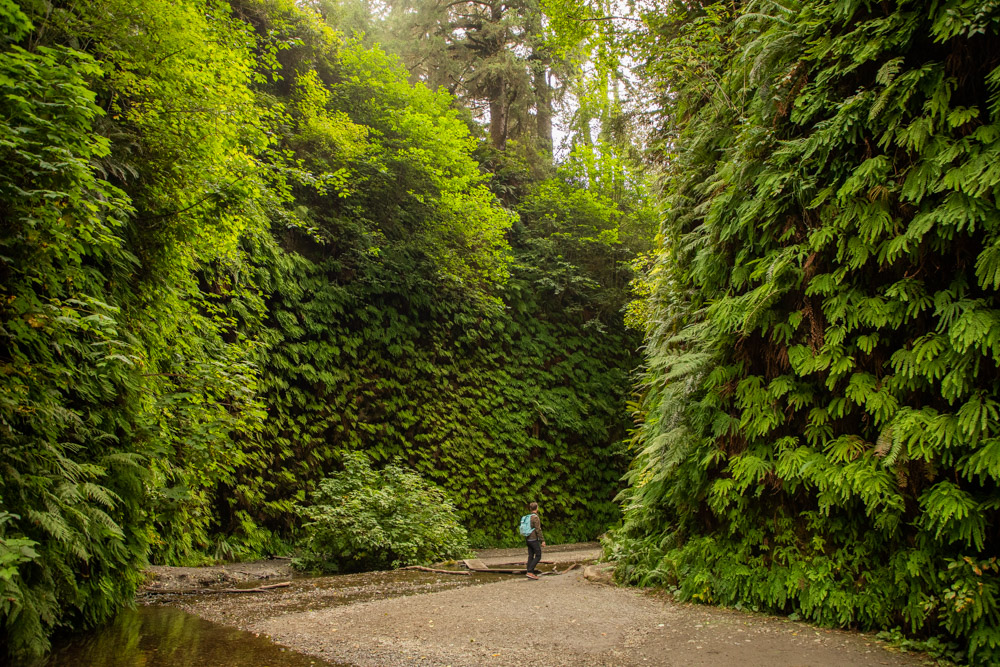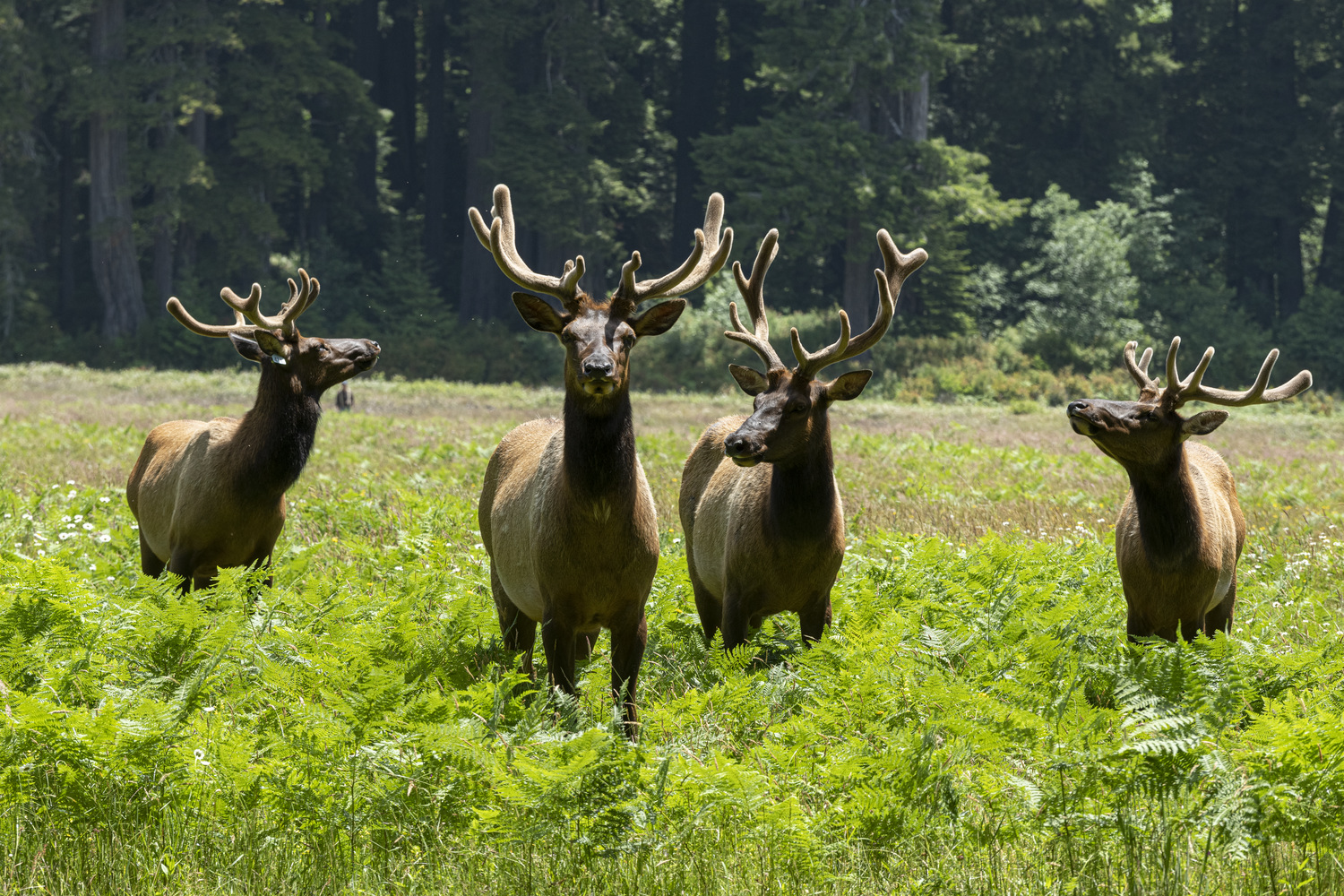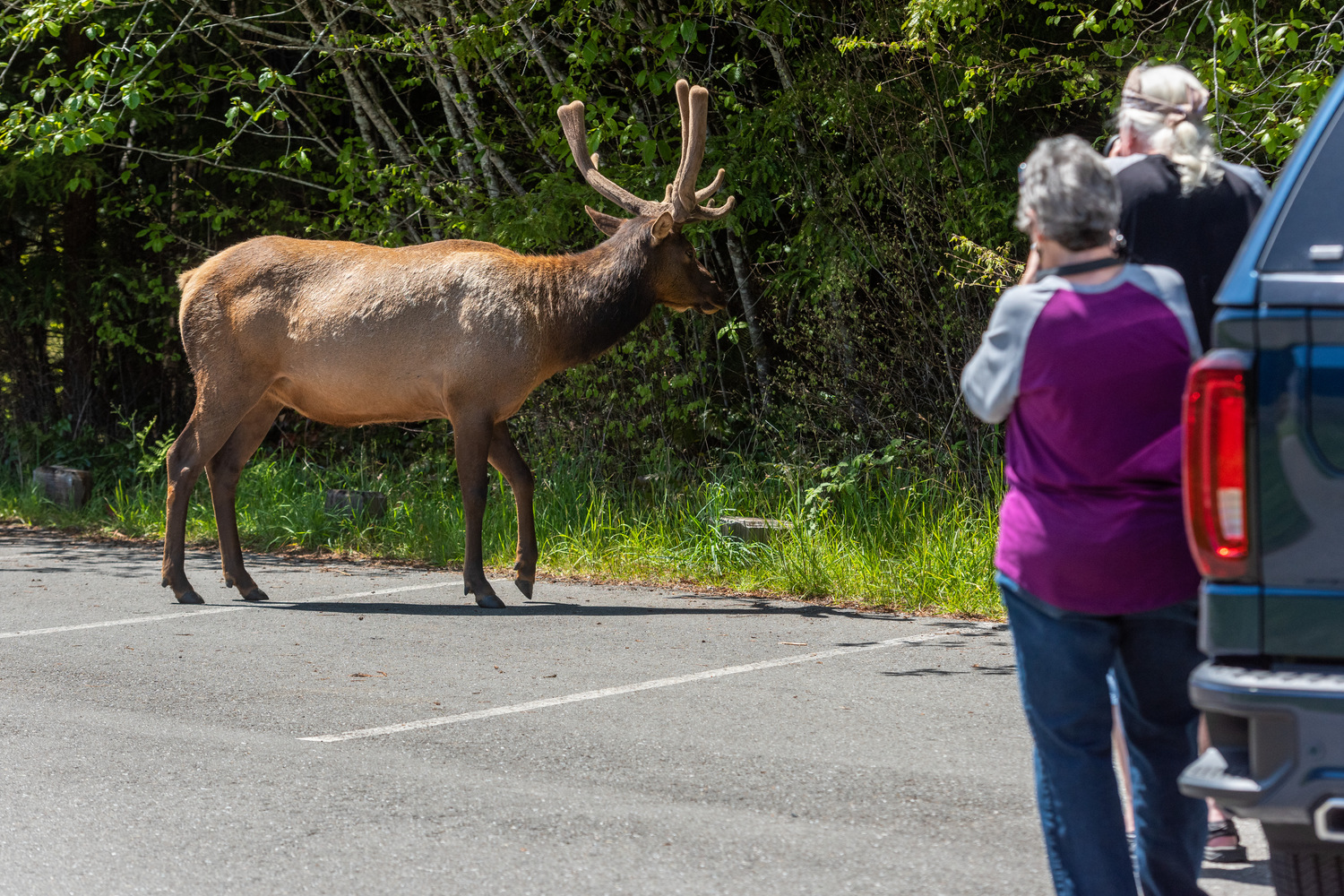5. Cow Cove - Eastern Mojave Desert
The Eastern Mojave desert is a vast area with features and history that are not on any maps or park brochures. For the diligent adventurer, they can be found, but often requiring much research and effort, usually in the form of hiking. Unlike parks such as Yosemite, where just about everything is catalogued and placed in books or park handouts, such is not the case with the Mojave Desert. Finding unusual or unique things sometimes boils down to just exploring, sometimes by foot, sometimes by 4WD, or sometimes by finding residents who are willing to share their knowledge. Some of my most interesting finds have been with the help of "old timers" whose trust I have gained.
The Mojave desert has been inhabited and traveled by many groups, including Indians, cowboys, miners, bandits, ranchers, settlers, religious groups, and explorers. In many cases, the Mojave was just a place to be endured in traveling to a more hospitable place to call home, or where more game was abundant. The East Mojave is just such a place. The remnants or evidence of previous inhabitants is to be found, but usually, when you know where to look.
Cow Cove is such a place. In centuries past, certain Indian tribes inhabited this area, leaving behind a form of expression and perhaps a language, known today as petroglyphs. Cow Cove is no longer accessible by vehicle, but the 4WD trail that passes nearby gets you within a couple of miles of the site. Hiking required.
The Hike to Cow Cove
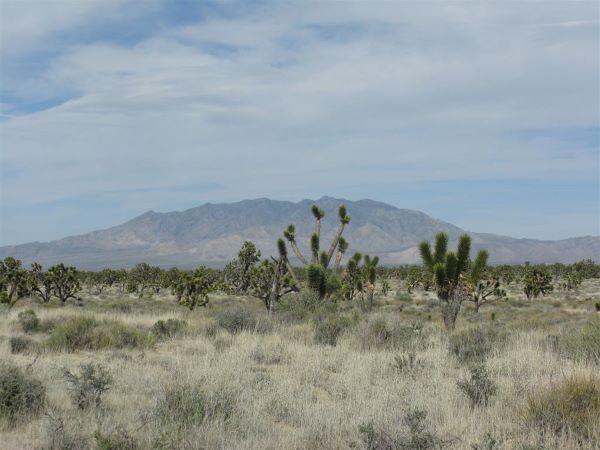
- Cow Cove-6.JPG (40.7 KiB) Viewed 9331 times
The Petroglyphs
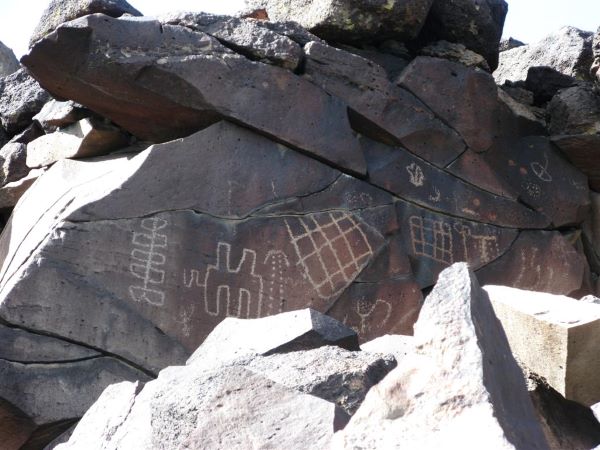
- Cow Cove-1A.jpg (56.36 KiB) Viewed 9331 times
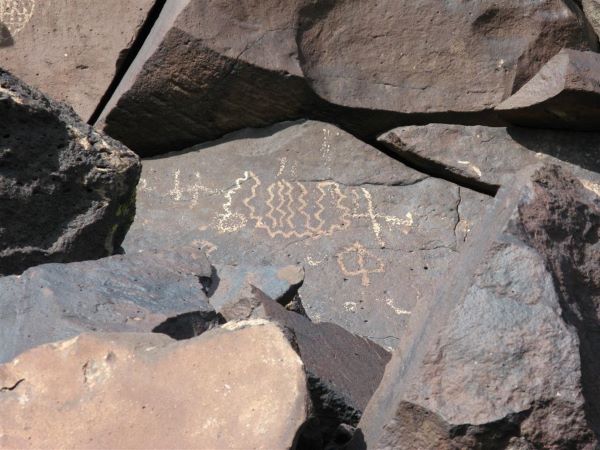
- Cow Cove-2.JPG (56.9 KiB) Viewed 9331 times
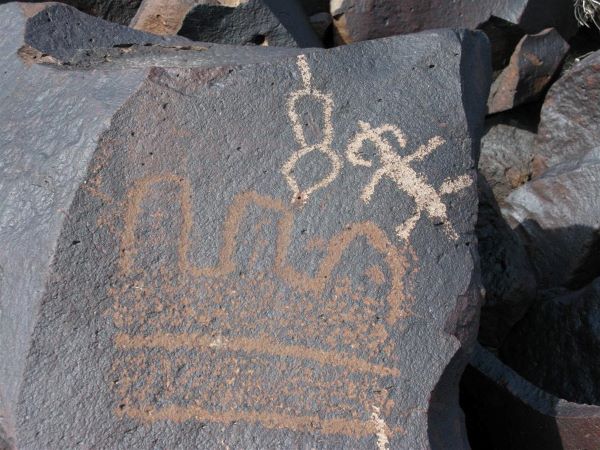
- Cow Cove-3.JPG (68.66 KiB) Viewed 9331 times
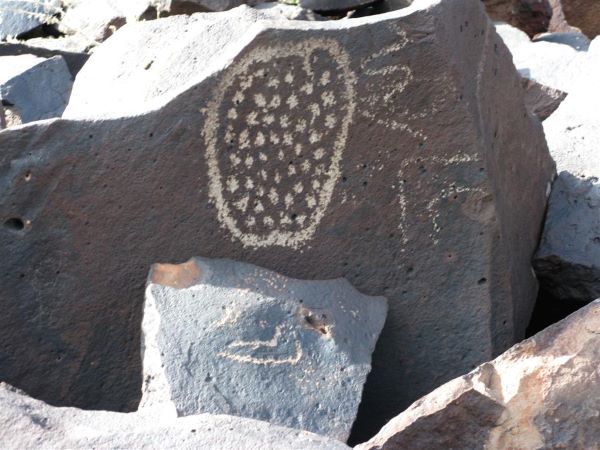
- Cow Cove-4.JPG (57.69 KiB) Viewed 9331 times
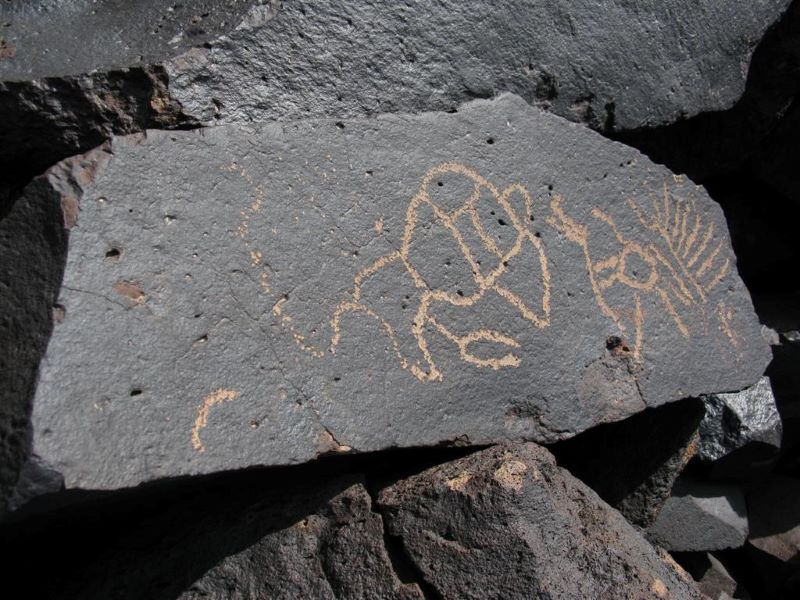
- Cow Cove-5.JPG (106.64 KiB) Viewed 9331 times
6. Old Wooden Railroad Tunnels
The days of wooden railroad tunnels or trestles have clearly passed. Some of the most fascinating places to explore are old railroad trestles and tunnels that were constructed from wood. To the extent that they are still standing, it is quite a testament to the ingenuity and engineering techniques that were used over 100 years ago. A perfect example of this is the San Diego and Arizona Railroad which was constructed between 1907 and 1917. The most difficult part of the RR was that portion which traveled though the Carrizo Gorge, in the California Desert. In order for the RR to continue its intended route from San Diego to El Centro, the engineers had to excavate and support over 15 tunnels in the Carrizo Gorge, all of which were supported by a wooden structures.
The history of the SD&A RR is one of disasters, catastrophes, and misfortunes, with the result being intermittent operations. Even until rather recently, there were plans to rehabilitate the railroad for commercial purposes. Despite high hopes, the SD&A RR still is not fully operational and depending on the efforts to rebuild, there are times when walking the tracks to explore the tunnels may or may not be allowed. When it is allowed, it is a fascinating look back in history. The mere fact that these trunnels are still standing says quite a lot about the quality of the engineering.
Several Of The Tunnels Supported By A Wooden Structure.
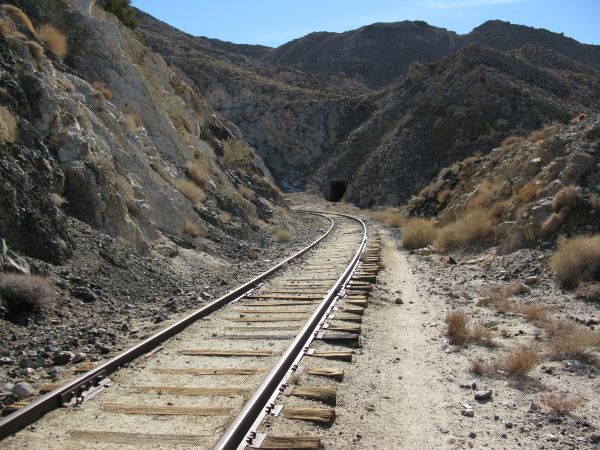
- IMG_0402.JPG (79.82 KiB) Viewed 9329 times

- IMG_0429.JPG (82.05 KiB) Viewed 9329 times
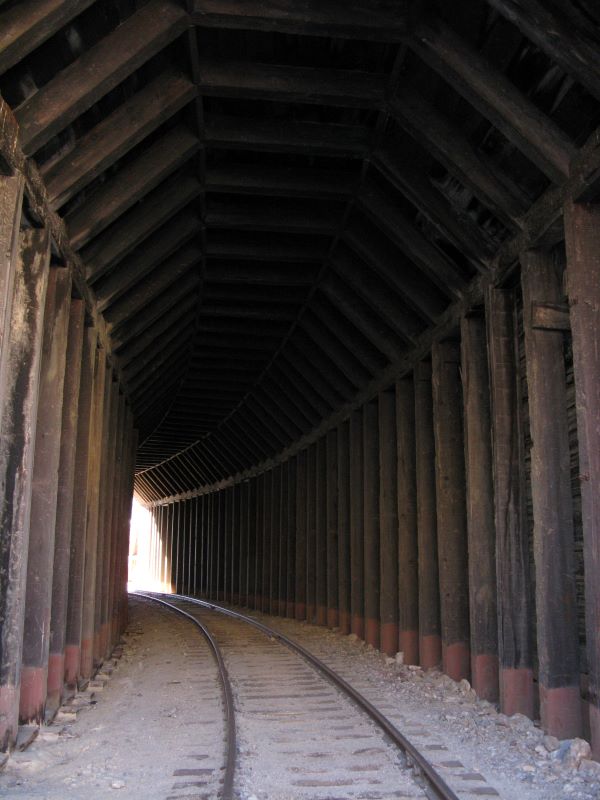
- IMG_0397.JPG (66.05 KiB) Viewed 9329 times
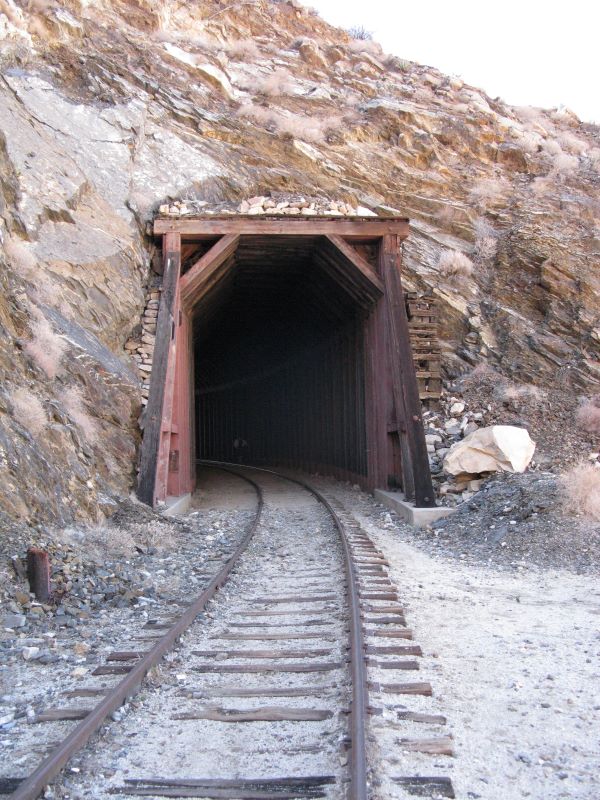
- IMG_0392.JPG (128.36 KiB) Viewed 9329 times
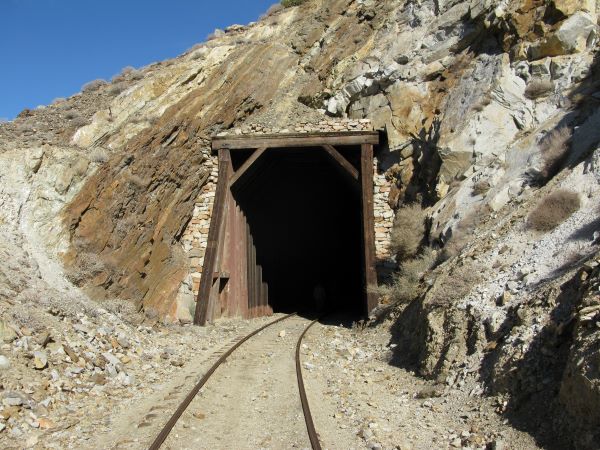
- IMG_0415.JPG (81.08 KiB) Viewed 9329 times
Collapsed Tunnel (due to a landslide, not a failure of the wooden structure)
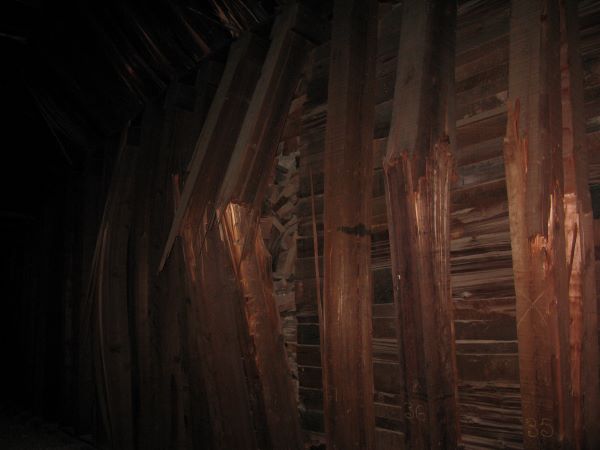
- IMG_0405.JPG (28.68 KiB) Viewed 9329 times
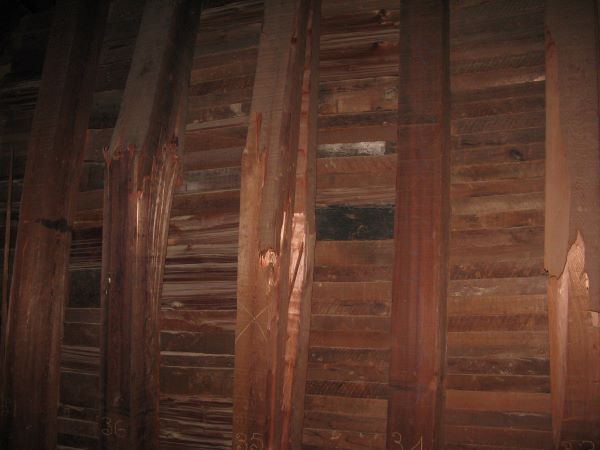
- IMG_0406.JPG (34.62 KiB) Viewed 9329 times
7. Water holes Canyon
Water Holes Canyon is located in the Glen Canyon National Recreation area and specifically, on Navajo Nation land. See:
http://www.summitpost.org/waterholes-canyon/716826 . Waterholes is very similar to Antelope Canyon but without the crowds. There are essentially, 2 different levels of difficulty, the easiest being the most spectacular. The other level requires some form of canyoneering (rapelling) skills and the equipment to go along with the skills.
The Navajo have established a great tour, which is about 2 miles in length, and requiring about 2+ hours to complete. Our tour had about 10 people and we were allowed to spend as much time as it took to soak it all up and take pictures. By comparison, as we passed the Antelope Canyon area, there were literally hundreds and hundreds of people, and parking lots filled with cars. Bottom line: Water Holes = a good choice.
The Slot Canyons in Water Holes.
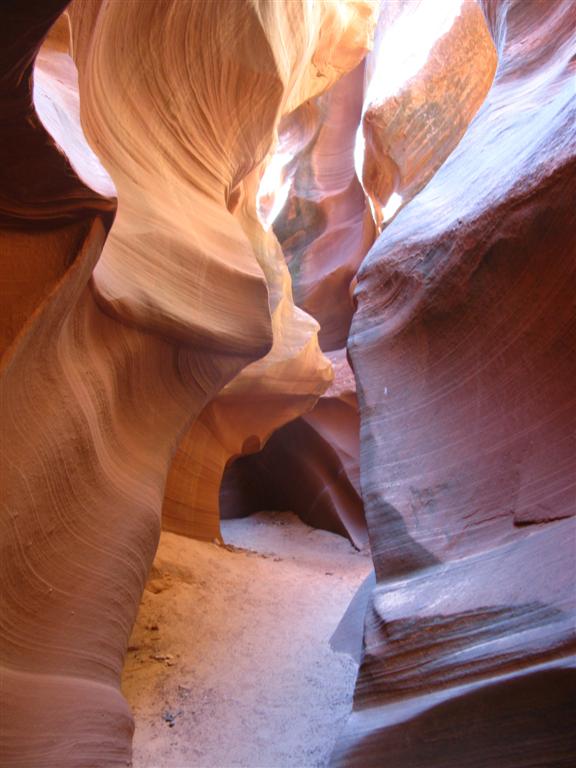
- Water Holes Canyon-6.JPG (61.78 KiB) Viewed 9329 times
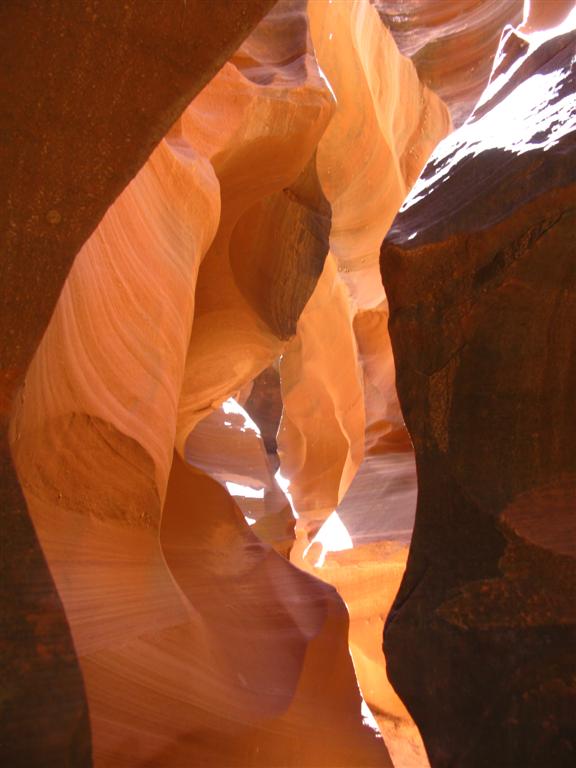
- Water Holes Canyon-5.JPG (50.32 KiB) Viewed 9329 times
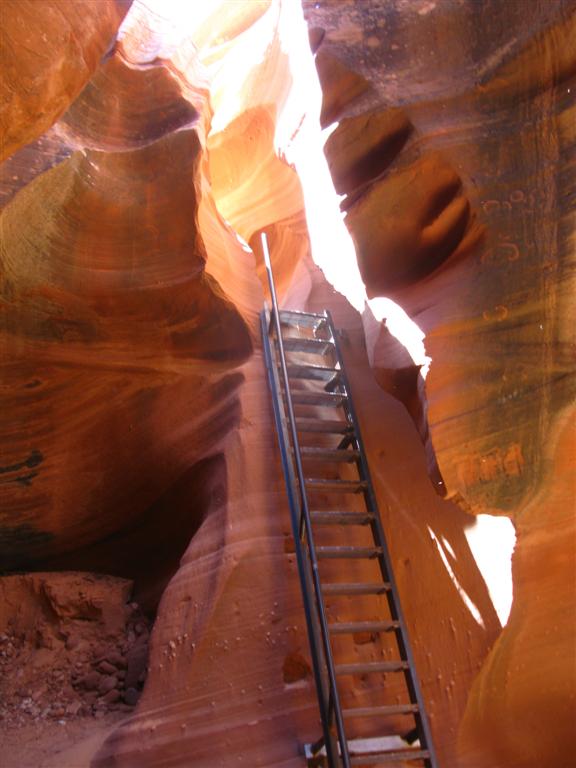
- Water Holes Canyon-4.JPG (57.05 KiB) Viewed 9329 times
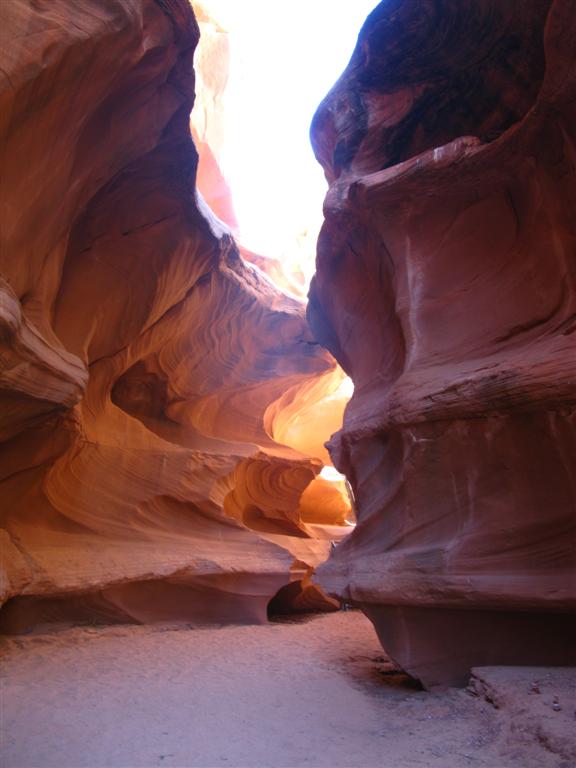
- Water Holes Canyon-2.JPG (48.16 KiB) Viewed 9329 times
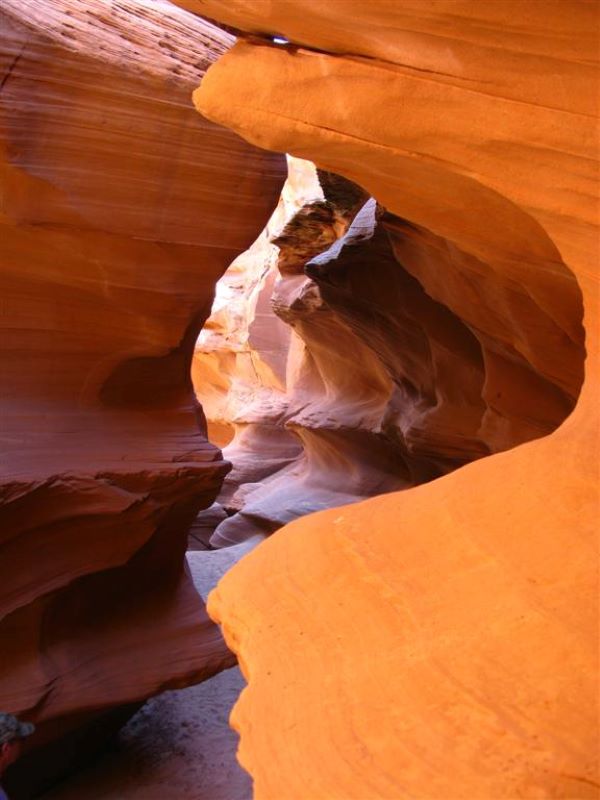
- Water Holes Canyon-1.JPG (54.89 KiB) Viewed 9329 times
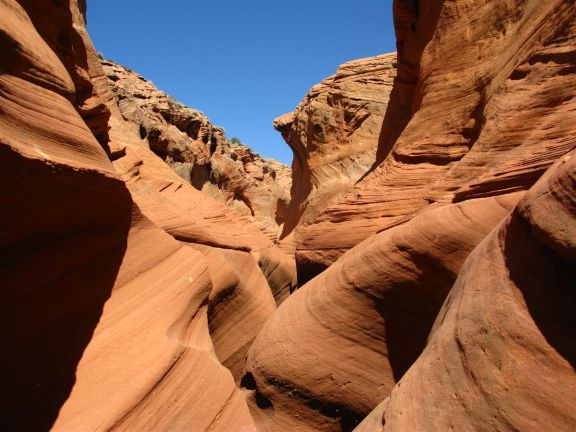
- Water Holes Canyon-3.JPG (50.75 KiB) Viewed 9329 times
10. Town of Oatman, Arizona
Gold mining ghost towns are a significant part of our history. In so many ways they are an insight into America, from the incredible fascination with the glittering valuable mineral to the extreme lengths miners would go to find their strike. Many areas, and many states, owe a great deal to the discovery of gold for it's ability to populate the west. The prospect of great wealth was enough of an incentive for thousands to pack up and leave home. Every gold mining town has it's own unique story, but they all shared one thing - the prospect of "the big strike"!!! And, it brought them in by the tens of thousands.
Arizona had it's share of gold strikes, but the most famous, and the one that produced more than any other, in the State of Arizona, was from the City of Oatman. It is often referred to as a ghost town, but it doesn't really seem to fit that definition. At its peak, Oatman had a population of around 10,000, but today, and for quite a few years, it has had a population of a hundred or so residents. It exists today mostly as a tourist attraction, but there is still active mining going on.
The first gold was discovered in 1863 (in the middle of the Civil War) by a prospector named Johnny Moss. Two of the claims that he staked were the Moss mine (named after himself) and the Oatman Mine (named after Olive Oatman, whose name was eventually used as the permanent name for the town.) An official town, although comprised mainly of tents, began to form in the very early 1900s, and was then known as Vivian, (after the Vi-vian Mining Company.) In 1909 Vi-vian changed it's name to Oatman, in honor of Olive Oatman.
The origin of the Oatman name is interesting, and, as mentioned above, in honor of Olive Oatman. Oatman was a young Illinois girl who had been captured by Indians during their pioneering trip west 1851. During this captivity she was forced into slavery by her Indian captors. She was later traded to Mojave Indians who adopted her as a daughter, but later released her in 1856 at Fort Yuma. This is a picture of her as an adult (date unknown). Note the chin tattoo, a custom amongst the Mojave Indians.
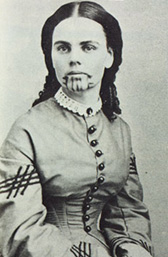
- Olive_Oatman.jpg (20.67 KiB) Viewed 9304 times
Gold mining in and around the Black Mountains, where Moss made his original claims, had it's ups and downs until the early 1900s, when things really heated up. The real gold boom began around 1904 and continued until around 1930. During this period, estimates put Oatman's gold production at about $36 million, at the then government controlled price of $20.00 an ounce. Every new strike drew more and more people to the city.
This is a picture of Oatman taken around 1921, before the big fire, which destroyed most of the town. Given its gold production, the town was later rebuilt:
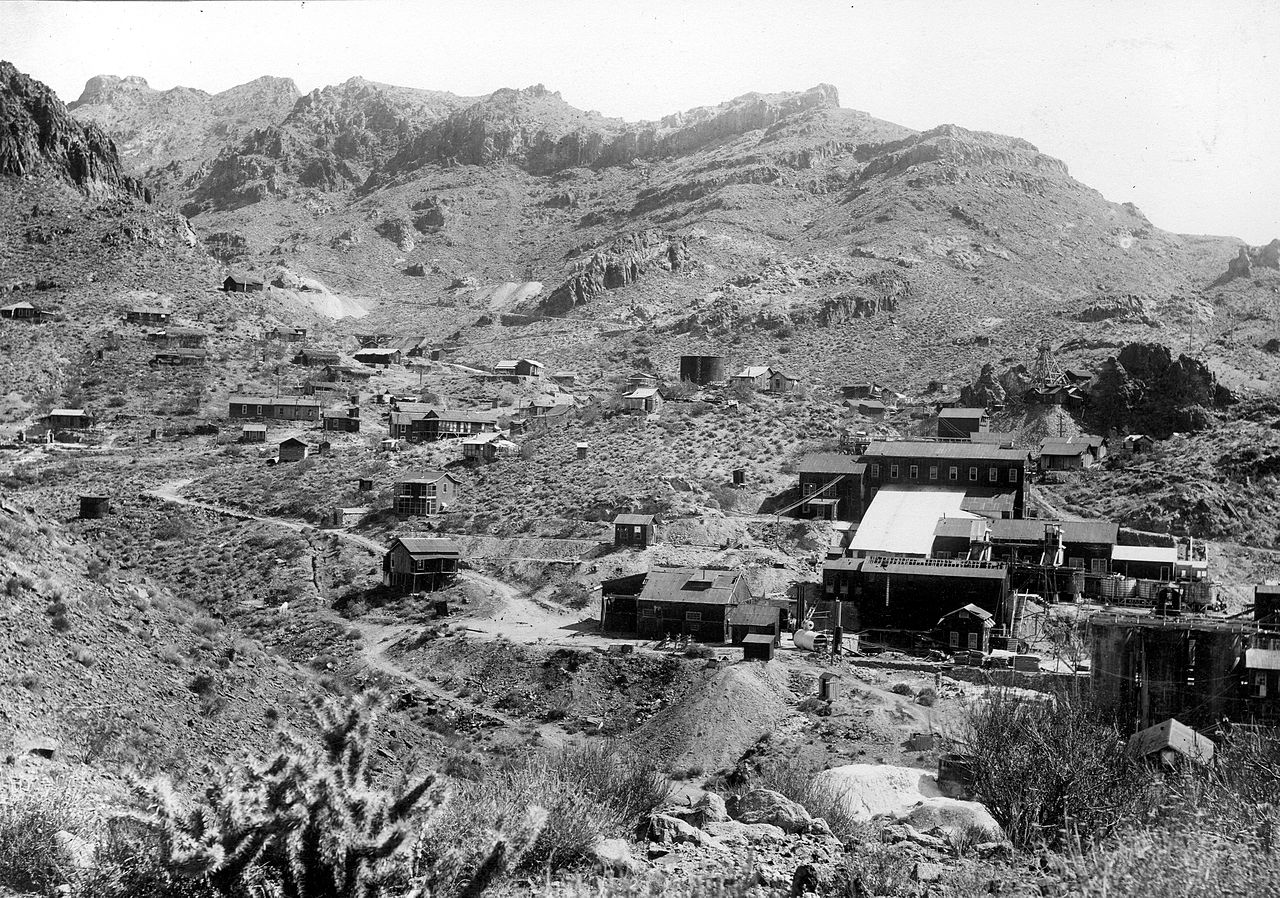
- Oatman 1921.jpg (407.59 KiB) Viewed 9304 times
Oatman, today, serves mainly as a tourist destination, with one of its main attractions (in addition to its impressive history) being the wandering, tame burros, which populate the town. Vendors sell burro food (whatever
that is) and tourists can be seen hand feeding the critters, who have come to expect it. The burros are "wild" (or as wild as you can get under these circumstances) and nobody rounds them up at night. One word of caution if you visit Oatman - watch where you step!!!
Here are some pictures of the town as it exists today:
On the "dirt road" to Oatman
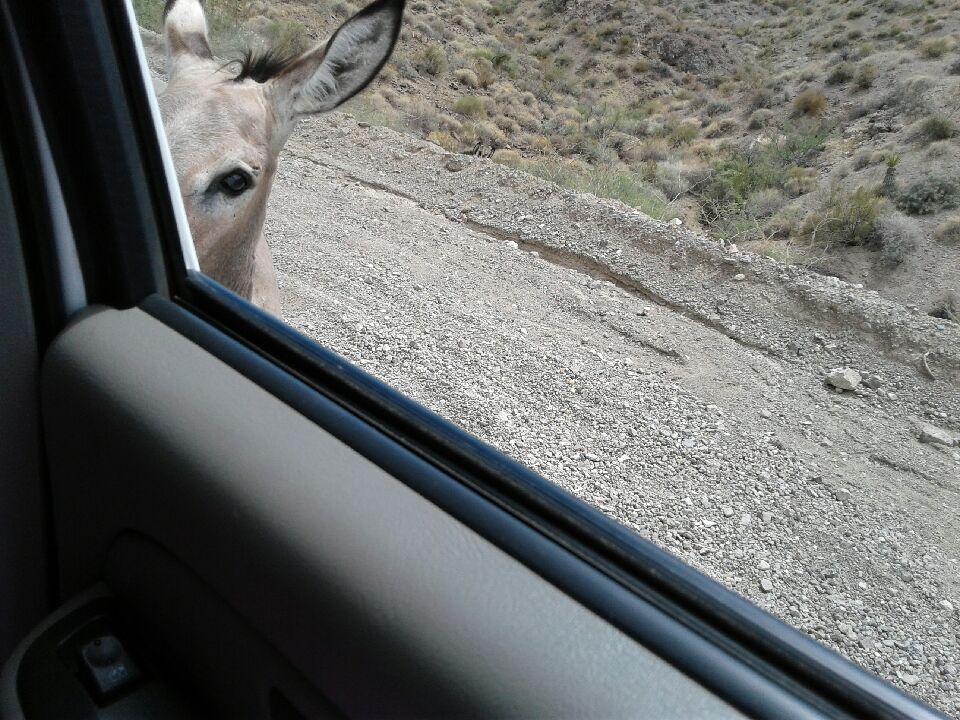
- Oatman6.jpg (163.88 KiB) Viewed 9304 times
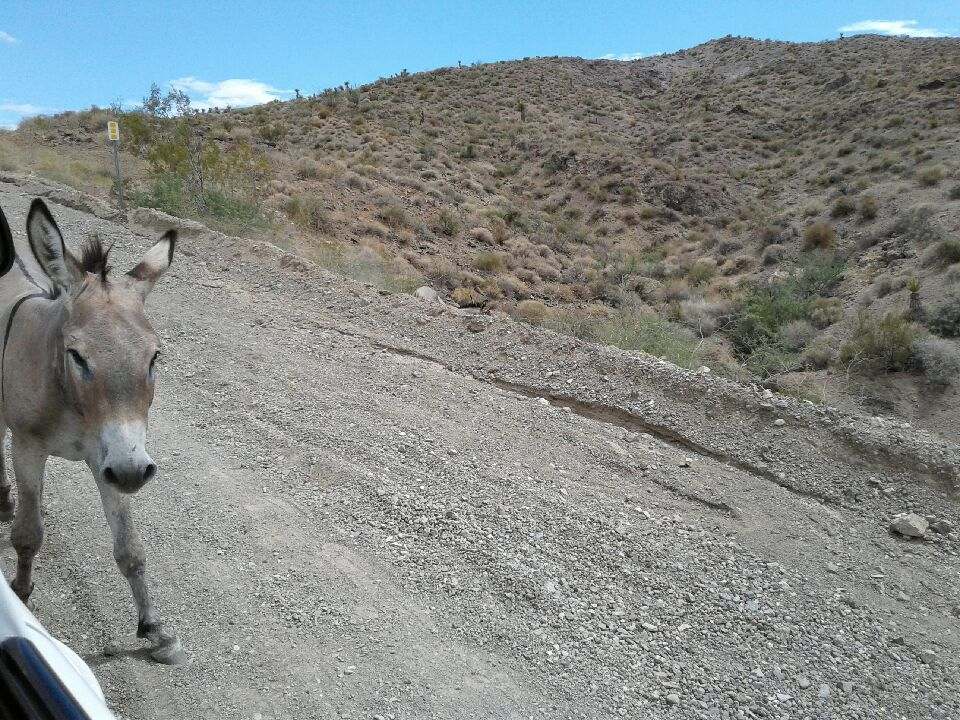
- Oatman5.jpg (189.03 KiB) Viewed 9304 times
The Town Today
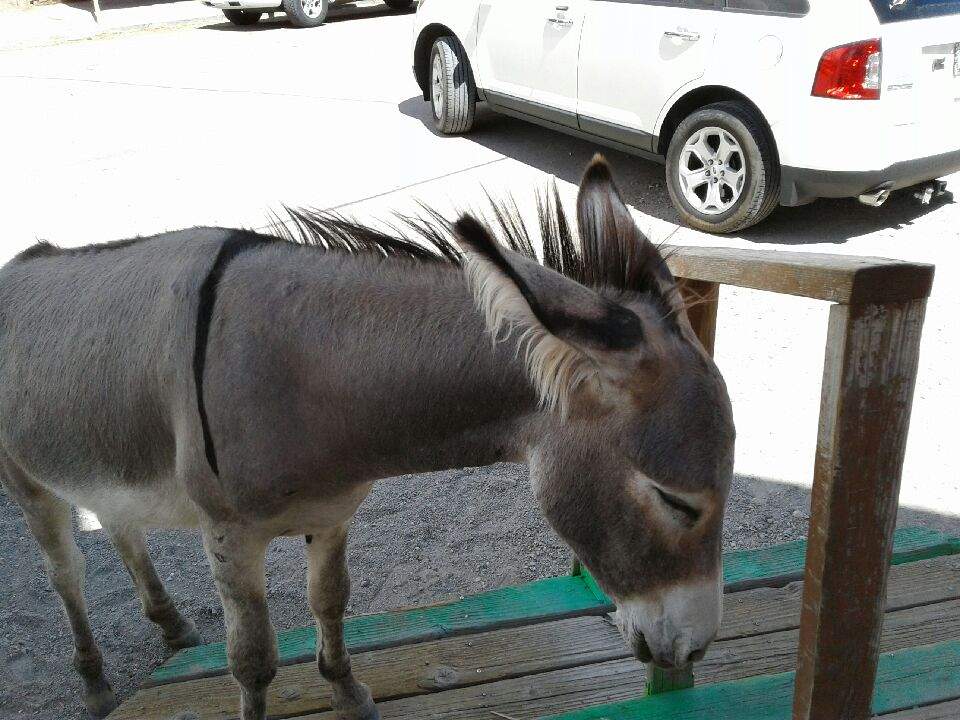
- Oatman7.jpg (107.19 KiB) Viewed 9304 times
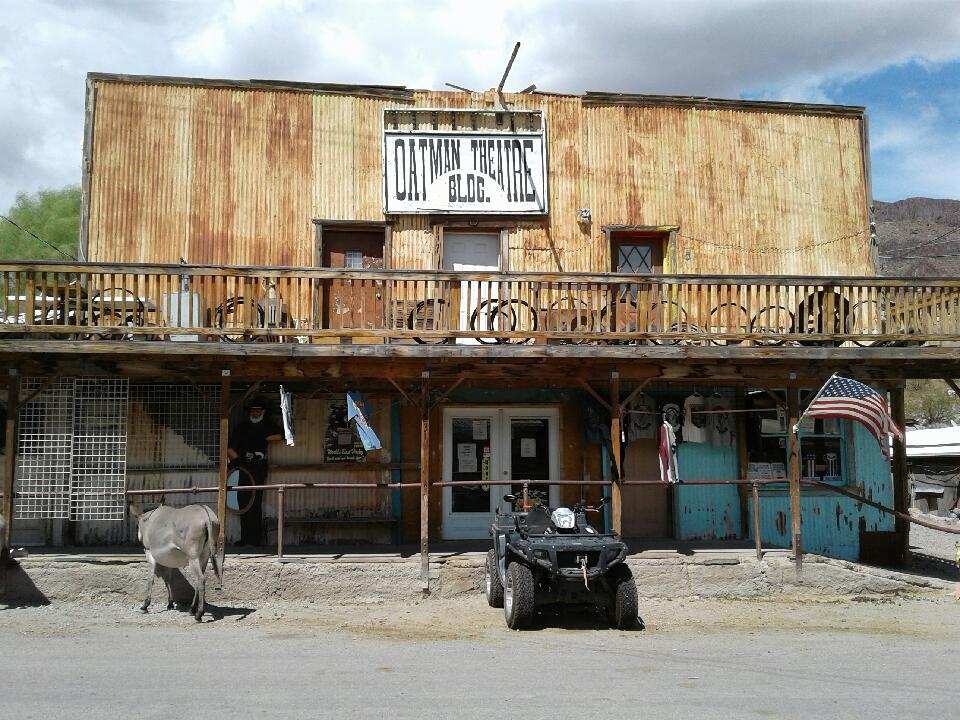
- Oatman9.jpg (125.52 KiB) Viewed 9304 times
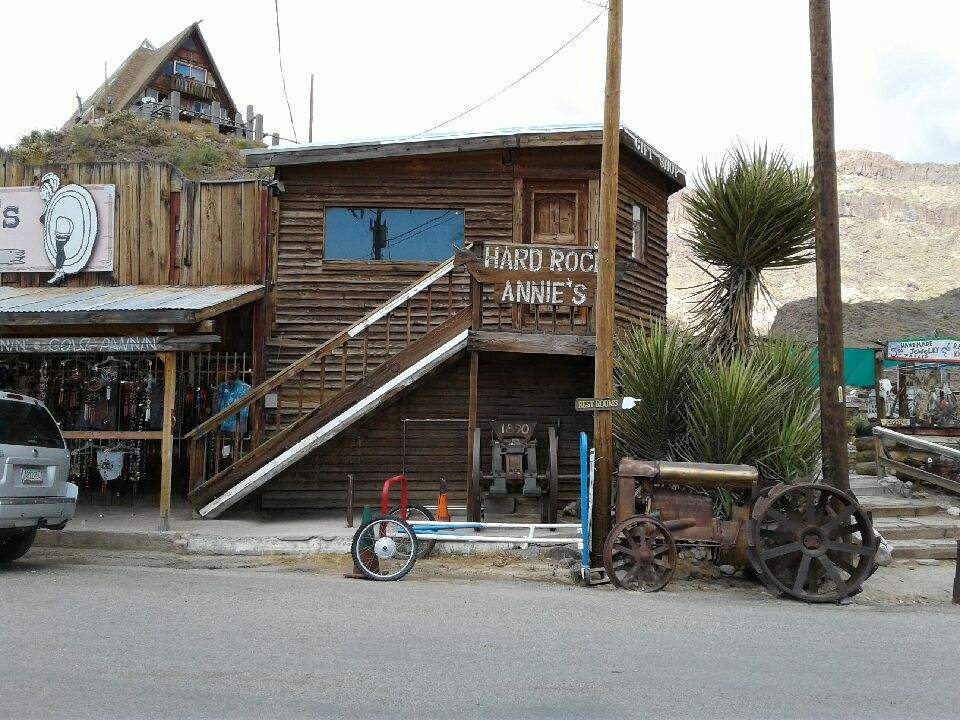
- Oatman4.jpg (134.88 KiB) Viewed 9304 times
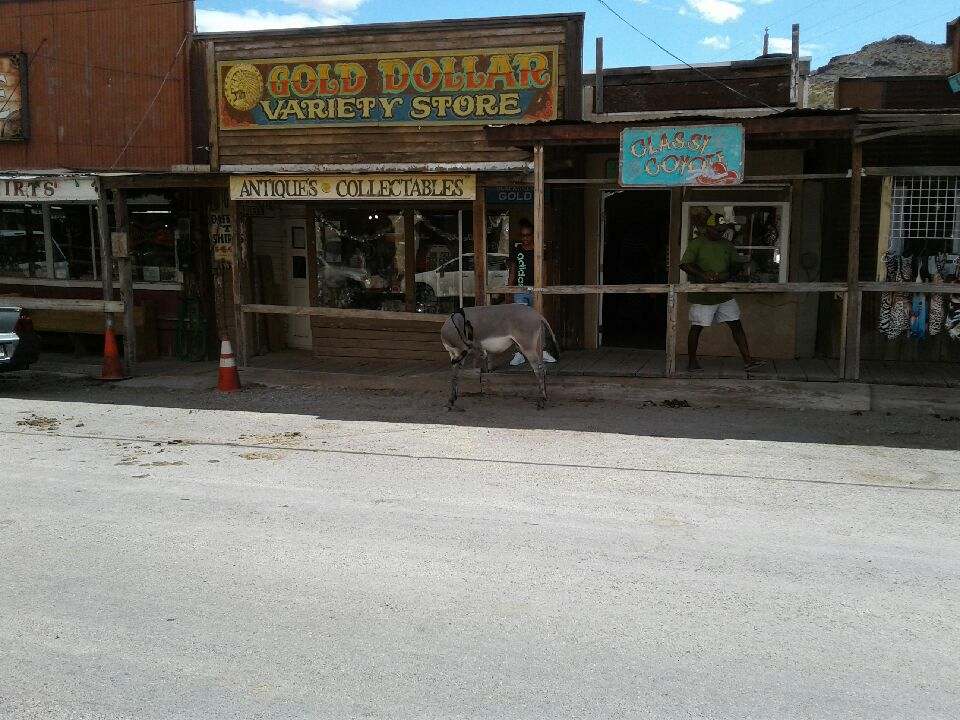
- Oatman1.jpg (118.21 KiB) Viewed 9304 times
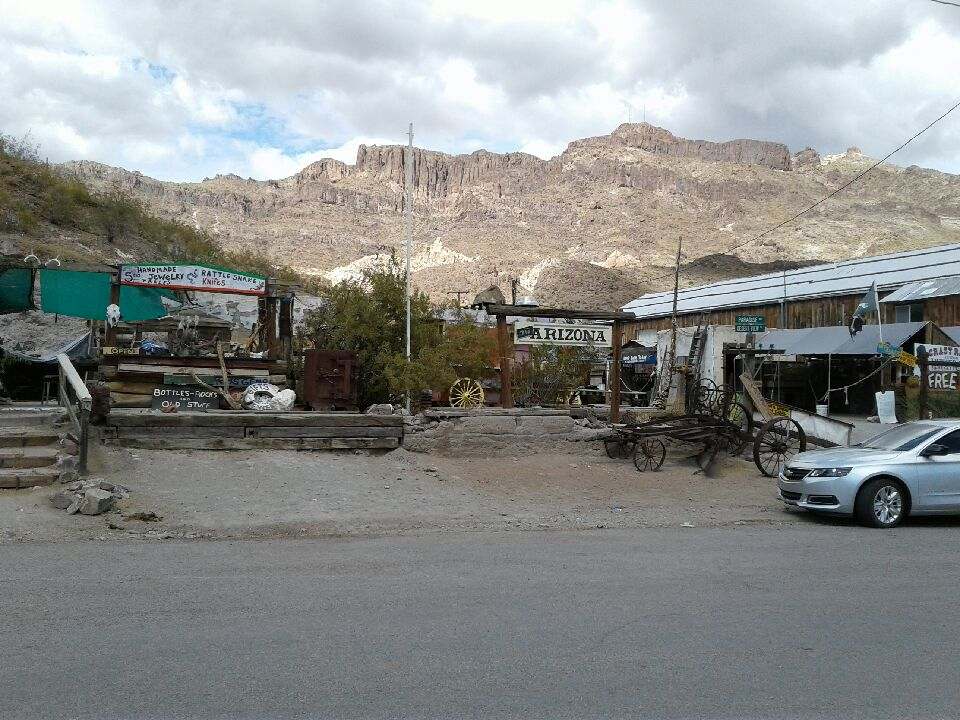
- Oatman3.jpg (125.01 KiB) Viewed 9304 times
The Oatman Hotel
The Oatman Hotel was built in 1902 and is the largest two story adobe building in Mojave County. It's greatest claim to fame, other than it was one of the very few buildings that escaped the fire of 1921, is the legend that it was the Honeymoon location for Clark Gable and Carol Lombard in 1939. Today it is no longer used as a Hotel, but rather as a museum on the top floor and a restaurant and bar on the ground floor.
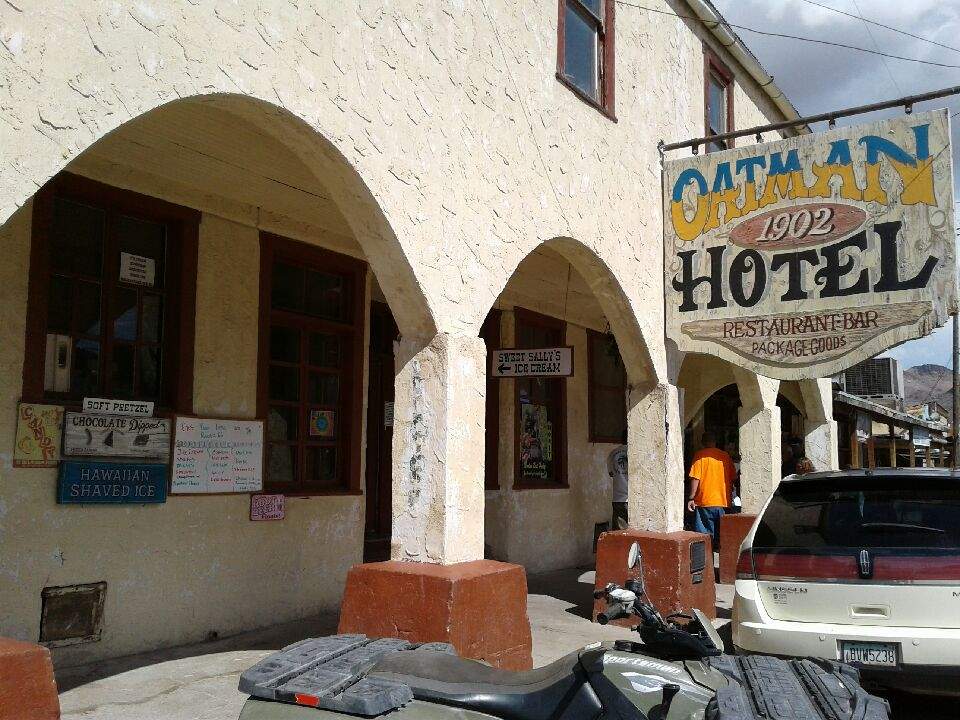
- Oatman8.jpg (128.32 KiB) Viewed 9304 times
Oatman is located about a 45 minute drive from Laughlin, Nevada / Bullhead City Arizona. To do justice to the town, you should give it a day, as there is a lot to see and do. There are two roads that lead to the town from the Bullhead City area - one dirt and one paved. Both are 2WD roads, but the dirt road will jar you a bit. Well worth the trip.
11. Mojave Lava Tube
The California Mojave Desert, and in particular the Eastern Mojave Desert have large areas of past volcanic activity. In the area now known as the Mojave Preserve lies huge portions of basalt fields, the result of volcanic eruptions that occurred thousands of years ago. These eruptions left volcanic cinder cones, still visible today, and in the Cima area, there are about a dozen of such cones. Calderas exist in many of the cones, and the hike down into those where they exist, presents an eerie lunar surface appearance.
Incidentally, these formerly active areas are not limited to the Cima area. As you travel east on Highway 40, beginning around the Ludlow exit, there are large basalt covered portions of the desert, visible on each side of the road.
Once Active Volcanic Area in Mojave Desert
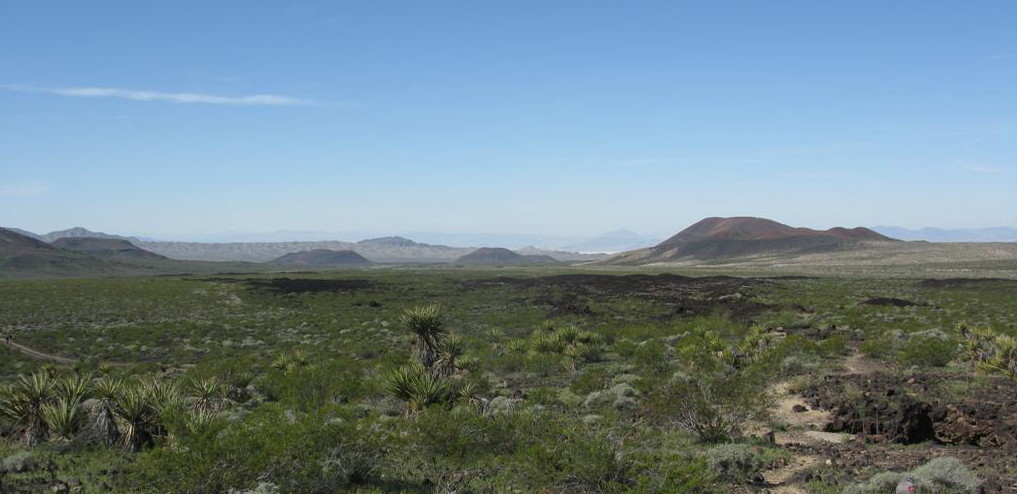
- Cinder Cones.JPG (115.8 KiB) Viewed 8988 times
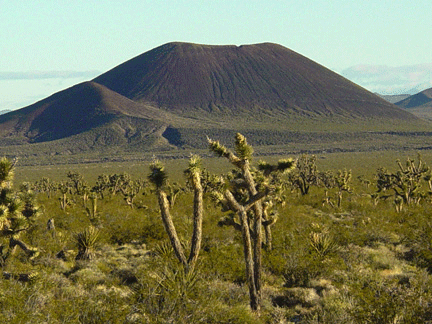
- Cinder Cone.gif (108.9 KiB) Viewed 8988 times
One of the features of past active volcanic eruptions are underground passages known as lava tubes, formed when the upper surface of the lava flow forms a hard crust, but the hot magma below still flows underneath. The passage through which this lava is still flowing often forms a tunnel, or a tube, and when the eruption ceases and the lava exits the passage, it leaves a hollow tube. There are a few such lava tubes in the Mojave that are known, and probably many others that have yet to be discovered. This is one of them.
Lava Tube Entrance
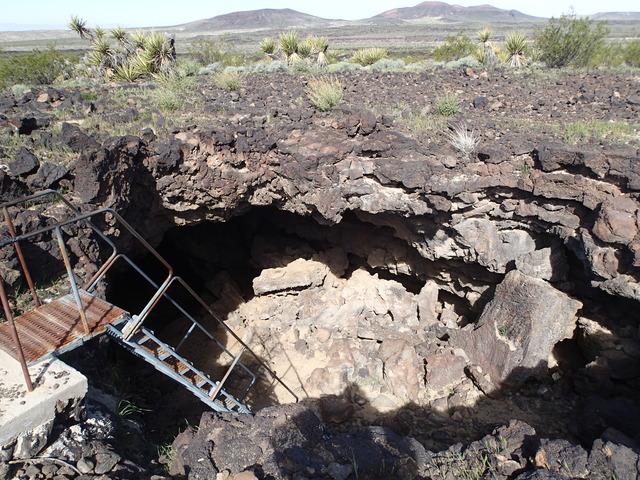
- Lava Tube Entrance.jpg (86.72 KiB) Viewed 8989 times
Descending into Lava Tube
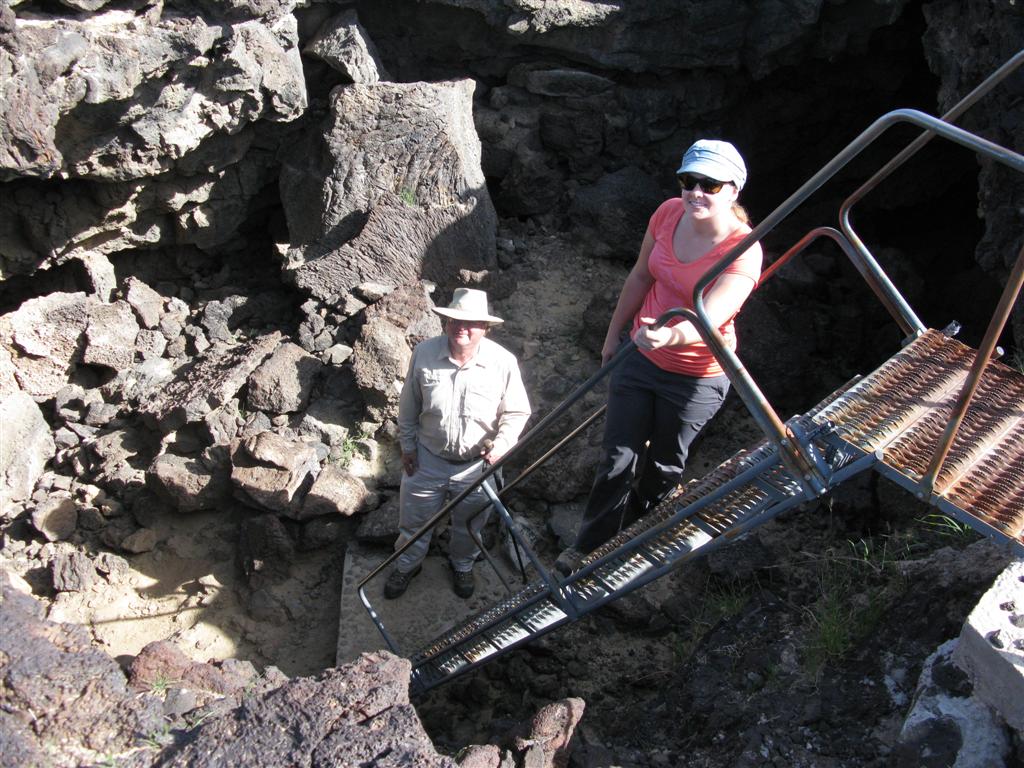
- Descending Intyo Lava.JPG (171.22 KiB) Viewed 8989 times
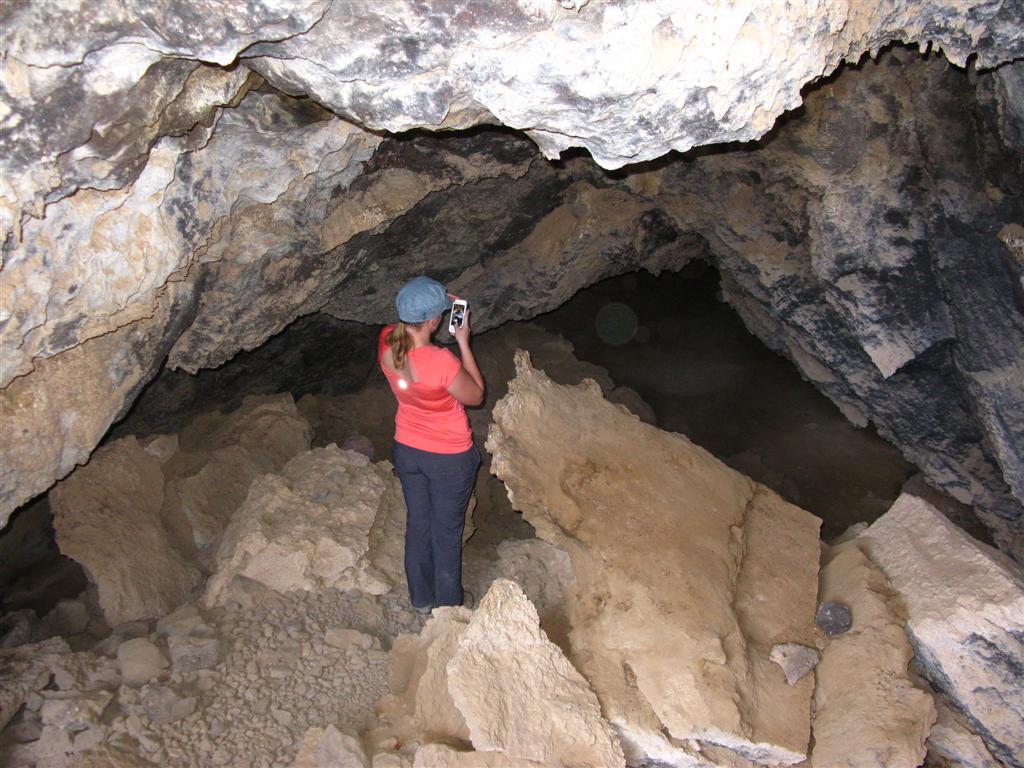
- IMG_0532 (Large).JPG (141.81 KiB) Viewed 8989 times
Inside
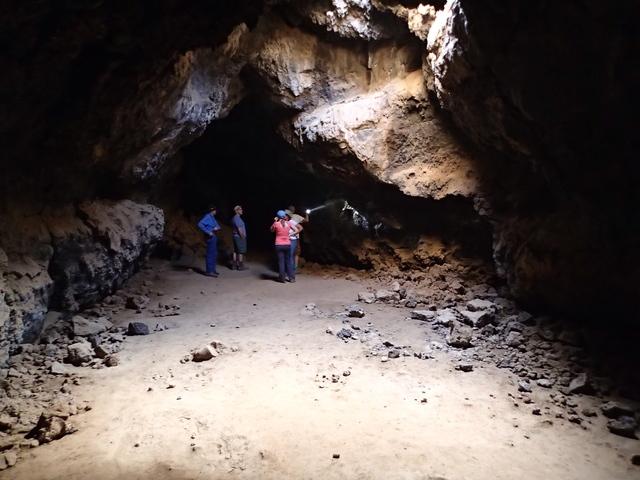
- Inside Lava Tube.jpg (45.94 KiB) Viewed 8989 times

